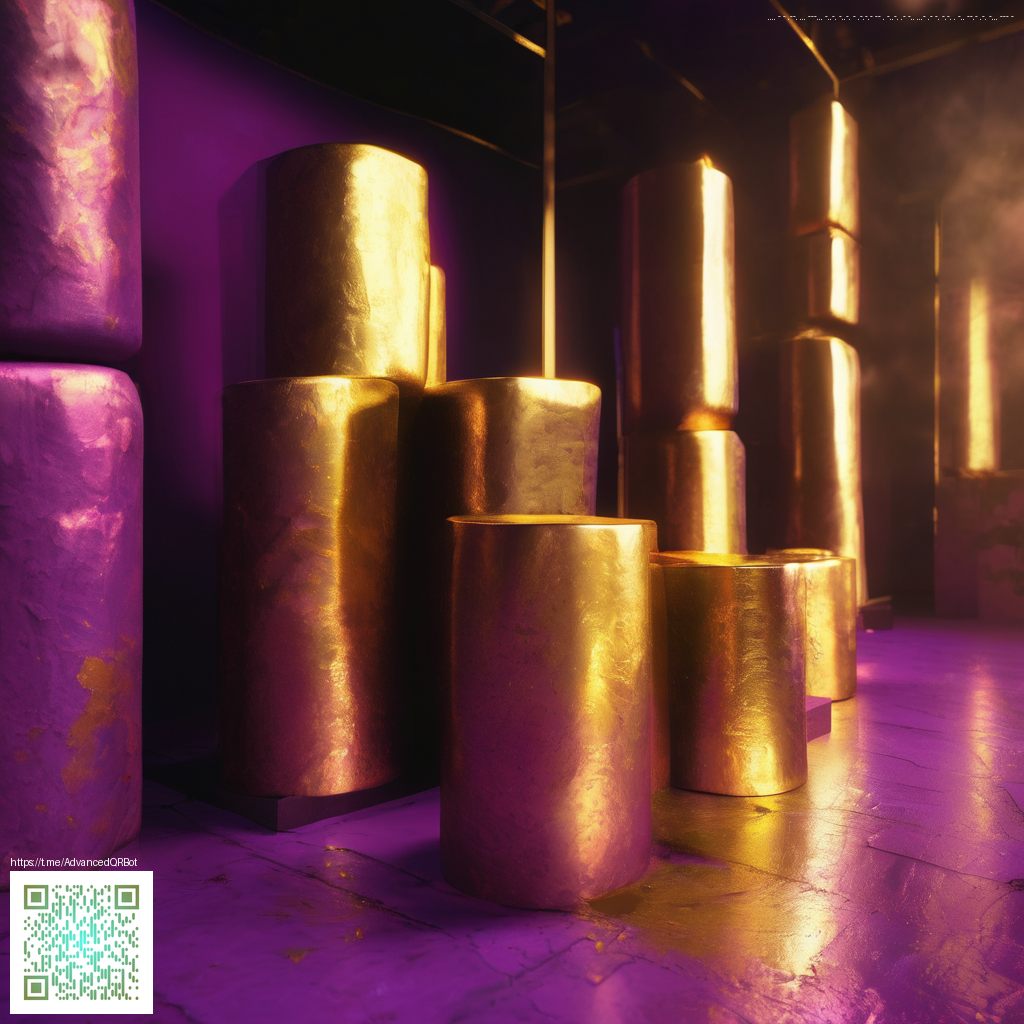
Embracing a Handmade Aesthetic in Digital Paper Design
In a field where precision and polish often reign supreme, there’s growing fascination with a different, more tactile voice: the handmade aesthetic. Digital paper design thrives when it embraces warmth, texture, and the subtle imperfections that remind us of human craft. Rather than chasing flawless symmetry, designers are exploring grain, fiber, and irregular edges as a way to invite engagement and memory. The result is artwork that feels lived-in, thoughtful, and distinctly human.
“Imperfect edges and gentle grain can turn a flat digital surface into something that invites touch.”
Key Elements that Convey Handcrafted Quality
- Texture and grain: Layer scanned papers, watercolor wash, or fabric textures to create depth beneath clean typography.
- Irregular edges: Introduce slight deviations along the edges of panels, shapes, or text blocks to emulate the feel of hand-cut materials.
- Layering: Combine multiple textures at different opacities to mimic the way a physical collage would collapse into a single surface.
- Organic typography: Choose typefaces with irregular kerning, subtle roughness, or friendly serifs that echo hand-dwritten notes.
- Subtle noise and imperfections: Add gentle film grain, scan lines, or ink bleed to reveal a crafted origin rather than a sterile screen.
To bring these elements into your workflow, start with a core digital paper texture library—think kraft, linen, or handmade paper scans—and weave them through your layout. That groundwork makes even the most modern layout feel anchored in something tangible. For designers seeking a bridge between tactile craft and contemporary utility, this approach can transform interfaces, print-ready sheets, and social visuals alike.
Color Palettes that Read as Tangible
Color plays a crucial role in the sense of tactility. Warm neutrals—creamy whites, soft browns, and dusted sepia tones—ground your composition, while carefully chosen accents offer a neon or electric twist that reads digital without losing warmth. A practical example that demonstrates this balance is the neon-forward look seen on a product page such as the Neon Gaming Mouse Pad. The neon pop against a textured surface captures the tension between precise digital design and tactile, handmade vibes, showing how contrast can tell a stronger visual story.
When referencing sources of inspiration or materials, it’s helpful to keep a note of where certain textures or palettes come from. You can explore related ideas and sources on curated hubs like this page, which collects notes and examples that inform handmade aesthetics in digital contexts.
Practical Techniques for Implementing the Look
- Layer two or three textures at different opacities to simulate the depth of physical materials.
- Use irregular, hand-drawn marks for dividers or decorative accents to avoid rigid, machine-perfect lines.
- Apply light grain or speckle noise to backgrounds without overpowering content.
- Prefer tactile surfaces for product shots, mockups, and headers to enhance perceived realism.
- Limit color palettes to a warm base with restrained neon or electric accents to preserve legibility while keeping the modern edge.
In practice, start with your core layout and then experiment with a texture overlay or a brush texture on secondary panels. A deliberate, controlled use of imperfection—like a slightly offset grid or a tiny ink bleed at the corner of a card—adds personality without sacrificing clarity. This approach makes digital designs feel approachable, like a well-loved notebook rather than a machine-made schematic.
From Concept to Creation: Crafting with Purpose
Crafting a handmade aesthetic isn’t about sacrificing precision; it’s about revealing the human decisions behind the design. By choosing textures with intention, balancing warmth and glow, and allowing a few quirks to remain, you create compositions that invite longer engagement. The result is work that not only communicates information but also carries an atmosphere—a sense of care, time, and craft behind every pixel.
For designers exploring this space, a useful mindset is to view digital surfaces as canvases that benefit from an artisanal touch. Start with a clear concept, layer texture thoughtfully, and then fine-tune your colors and typography to achieve harmony between craft and code. The payoff is a digital product that feels warm, alive, and unmistakably human—even when viewed on a screen.